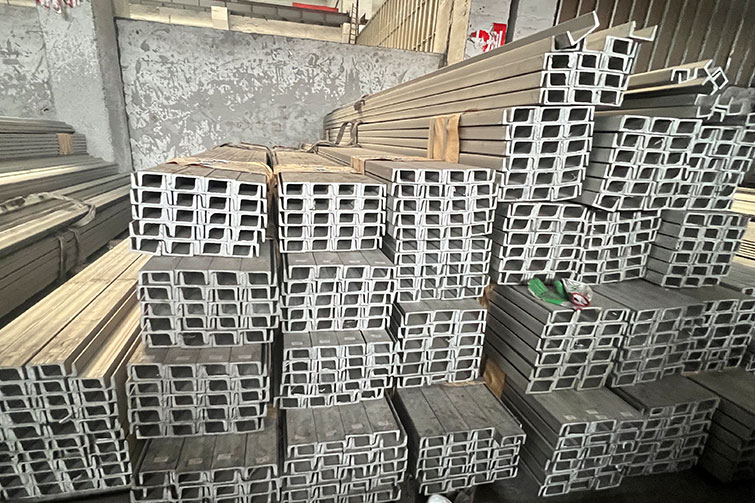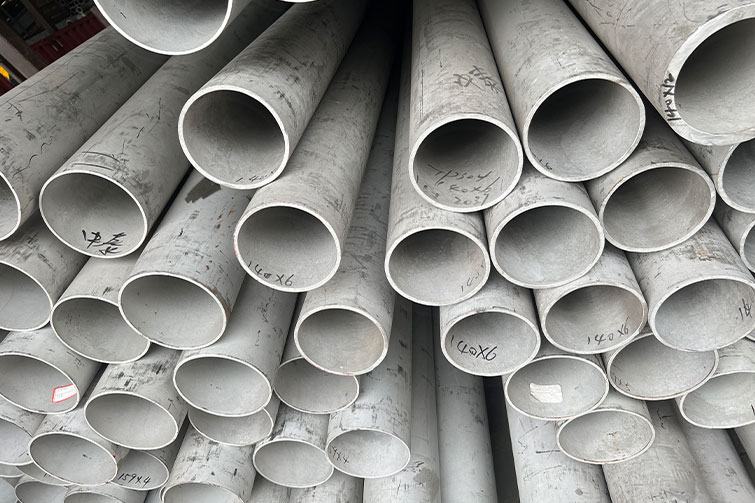

Applications of Angle Steel
Angle steel, often referred to as angle iron or L-shaped steel, is a versatile structural material widely used in construction, engineering, manufacturing, and everyday applications. Its distinct L-shaped cross-section provides excellent strength, stability, and resistance to bending, making it one of the most commonly used steel profiles in structural and industrial projects. Available in equal and unequal leg types, angle steel can be used independently or as a component in complex frameworks. This article explores the major applications of angle steel and its significance in various fields.
1. Construction and Civil Engineering
The construction industry is the largest consumer of angle steel. Due to its strength and cost-effectiveness, it is frequently used in:
- Structural frameworks: Angle steel is often employed in building skeletons, bridges, towers, and warehouses. Its ability to bear loads and provide stability makes it essential in large-scale projects.
- Reinforcement: It strengthens beams, columns, and concrete structures, ensuring better load distribution and resistance against external forces.
- Temporary structures: Scaffolding, support frames, and storage racks often use angle steel because it is durable, easy to assemble, and reusable.
Its adaptability to welding, bolting, or riveting enhances its practicality in diverse construction applications.
2. Infrastructure Projects
In infrastructure development, angle steel is indispensable. It is commonly used in:
- Railway tracks and bridges where heavy loads require reliable structural support.
- Transmission towers for power lines, which rely on angle steel’s strength-to-weight ratio.
- Highway guardrails and signage frames that must withstand weathering and physical impact.
Its robustness ensures safety and long service life, even in outdoor environments exposed to harsh conditions.
3. Industrial and Mechanical Applications
Angle steel plays a critical role in industrial fabrication and machinery manufacturing. Some key uses include:
- Equipment frames and supports: Machines often require rigid frameworks to hold components in place, and angle steel provides both strength and stability.
- Conveyor systems: Structural parts of conveyor belts and transport systems use angle steel due to its durability and load-bearing ability.
- Storage systems: Industrial shelving and racks benefit from angle steel’s ability to support heavy loads without deformation.
Its versatility and ease of customization make it an ideal choice for both heavy-duty and light-duty industrial applications.
4. Shipbuilding and Marine Industry
In shipbuilding and marine engineering, angle steel is widely used in:
- Hull reinforcement to improve structural integrity.
- Deck structures where corrosion resistance and mechanical strength are vital.
- Offshore platforms and port facilities where stability and long service life under extreme conditions are essential.
When combined with anti-corrosion treatments, angle steel performs exceptionally well in marine environments.
5. Agricultural Equipment and Rural Development
Angle steel is also common in agricultural machinery and rural infrastructure, including:
- Frames for farming equipment such as plows, harvesters, and trailers.
- Support structures for greenhouses, irrigation systems, and barns.
- Fencing and protective enclosures to secure livestock and crops.
Its affordability and availability make it a popular choice in developing rural areas where cost-efficient yet durable solutions are required.
6. Furniture and Home Applications
Beyond heavy industry, angle steel has many uses in everyday furniture and household structures. It is often employed in:
- Metal furniture such as tables, chairs, and bed frames.
- Shelving units and storage racks in homes, garages, and workshops.
- DIY projects where strength, stability, and simplicity are desired.
Its versatility allows homeowners and small businesses to use it creatively for both functional and decorative purposes.
7. Automotive and Transportation
In the automotive and transportation industries, angle steel is used in:
- Vehicle chassis and frames where structural integrity is critical.
- Trailers and transport containers requiring strong yet lightweight frameworks.
- Rail cars and shipping crates designed to carry heavy goods safely.
Its combination of durability and formability makes it suitable for a wide range of transport-related applications.
8. Renewable Energy Projects
With the growth of renewable energy, angle steel is finding new applications in:
- Solar panel mounting systems, providing strong yet cost-effective support.
- Wind turbine towers and bases where stability is crucial.
- Hydropower facilities requiring structural reinforcement.
Its adaptability and reliability make it an important material in sustainable energy infrastructure.
Conclusion
Angle steel is one of the most versatile and cost-effective structural materials in modern industry. From construction and infrastructure to machinery, shipbuilding, agriculture, and even household furniture, its applications are vast and diverse. The L-shaped design ensures high load-bearing capacity, ease of connection, and resistance to bending, making it indispensable in projects that require durability and efficiency. As industries evolve and new technologies emerge, angle steel will continue to play a crucial role in building safer, stronger, and more sustainable structures around the world.





